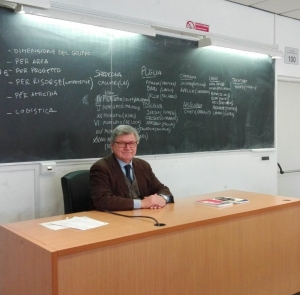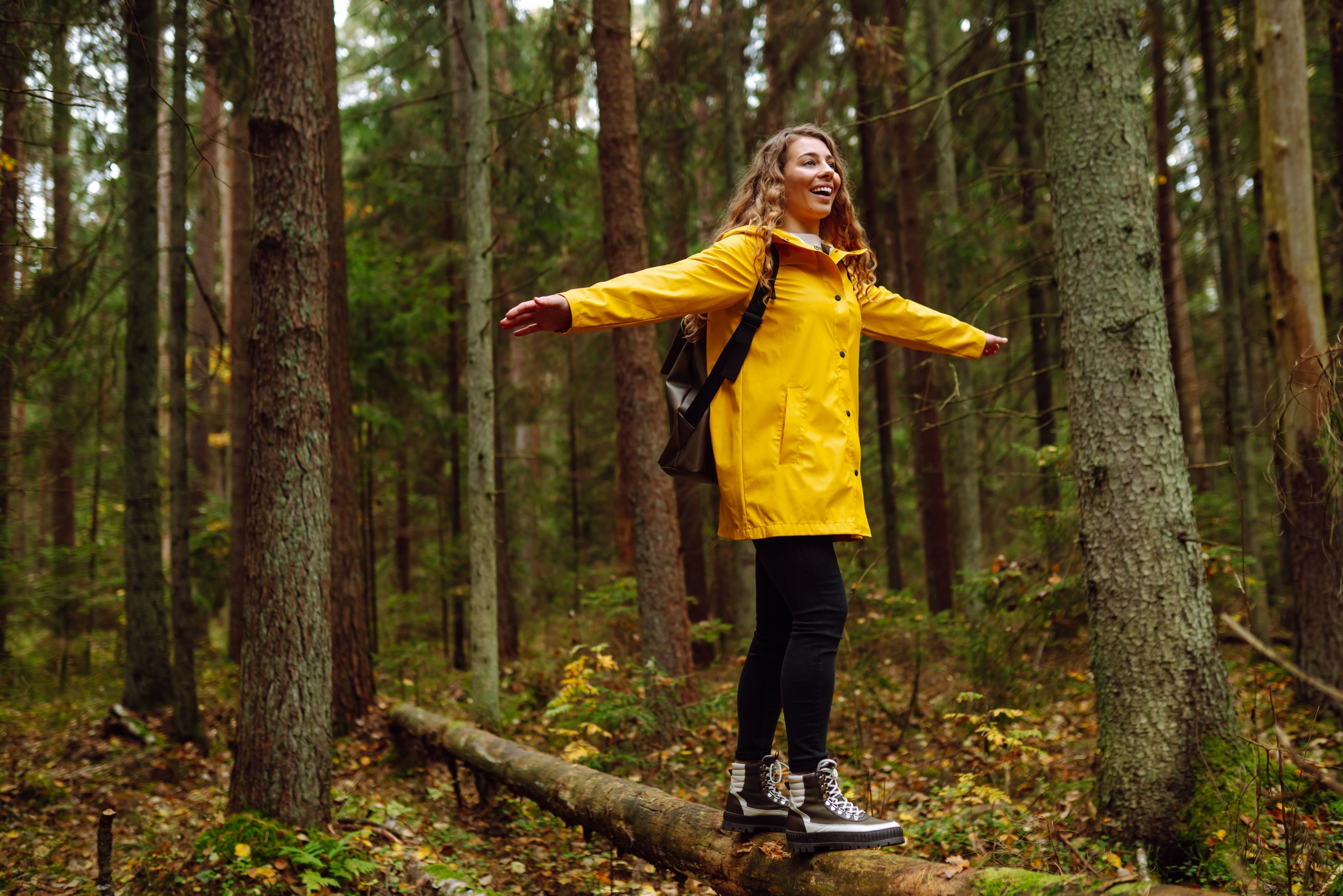Interview with Renato Di Gregorio, a Pioneer of Applied Ergonomics in Slow Tourism
Some walk to find themselves, others for adventure. Then there are those who walk to enhance the experience for others. Renato Di Gregorio, a certified ergonomist and organizational expert, has been doing just that for over three decades. Moving ergonomics beyond the factory floor, he has applied it to landscapes and local economies, coordinating the International Ergonomics Fair for Walking Trails and driving the evolution of slow tourism in Italy.
We spoke with Di Gregorio to understand what it means to bring ergonomics to walking trails and how this approach reshapes the journey for those who walk them.
What is Trail Ergonomics?
Ergonomics emerged in the 1940s to improve industrial work environments, but its scope has since expanded. Today, Di Gregorio explains, “ergonomics uses an interdisciplinary approach to improve the livability of systems and the usability of what people interact with – including travel.”
A walking trail is a complex system: paths, signage, lodging, support services. If each component is designed with the walker in mind, the result is a more accessible, enjoyable, and safe experience. The goal is to make trails more welcoming and inclusive, enhancing their value as cultural and economic resources.

From Pilgrimage Paths to Territorial Ergonomics
In the 1990s, as Italy’s Via Francigena was gaining traction, Di Gregorio saw the potential for trails to drive local development. He pioneered the Formazione-Intervento® model – a blend of training and real-world problem-solving – to train young trail facilitators, develop university programs, and collaborate with regional governments.
This work culminated in the First International Fair on Trail Ergonomics, held in Cassino in 2024, creating a global platform for research and collaboration.
What Makes a Trail Ergonomic?
“Making a trail ergonomic means making it accessible, well-marked, and safe,” Di Gregorio says. “It’s about designing a system that respects the needs of the walker.” This means clear signage, convenient rest areas, well-maintained paths, and integrated public transport. It also involves careful consideration of diverse user groups, including older adults, women, and those with physical challenges – often overlooked but increasingly significant in trail design.
Three Levels of Trail Ergonomics
Trail ergonomics operates on three levels:
- Physical – improving trail quality, gear, and lodging.
- Cognitive – helping walkers navigate, learn, and feel secure.
- Organizational – coordinating local governments, service providers, and monitoring systems.
This integrated approach is now formalized under UNI 11930, a new standard for Territorial Ergonomics introduced in 2024.
A Toolkit for Trail Builders
Di Gregorio’s work isn’t just for walkers. It also targets those who build and manage trails:
- Local Administrators – Encouraged to develop consistent, accessible routes that enhance local heritage and combat depopulation.
- Hospitality Providers – Urged to create welcoming, flexible spaces with thoughtful amenities like gear drying areas, bike storage, and pet-friendly policies.
- Equipment Manufacturers – Pushed to innovate for diverse users, including women, seniors, and those with disabilities, prioritizing material research and ergonomic design.
The Value of Inclusivity
Trail users today are not just seasoned hikers. Data show the majority are women, often over 50, with a growing segment requiring tailored support. This diversity demands personalized products and services – a focus that Di Gregorio emphasizes as essential for sustainable growth in the sector.
Certifying the Experience
Looking ahead, Di Gregorio envisions a certification system for ergonomic trails and products, ensuring quality for walkers and guiding those who build the infrastructure. This systemic approach, he argues, is key to creating genuinely inclusive and sustainable trails.
The Heart of Hospitality
Ultimately, the success of any trail depends not just on physical design, but on the people who welcome travelers. “Those who receive walkers must know how to share the story of a place, understand its visitors, and create a sense of belonging,” Di Gregorio says.
Scaling Up for the Future
The challenge now is to train more territorial ergonomists and build a critical mass of professionals capable of transforming walking trails across Europe. With the support of standards like UNI 11930, Di Gregorio sees a promising path ahead: “Well-designed trails can transform the lives of those who walk them – and those who live alongside them.”





